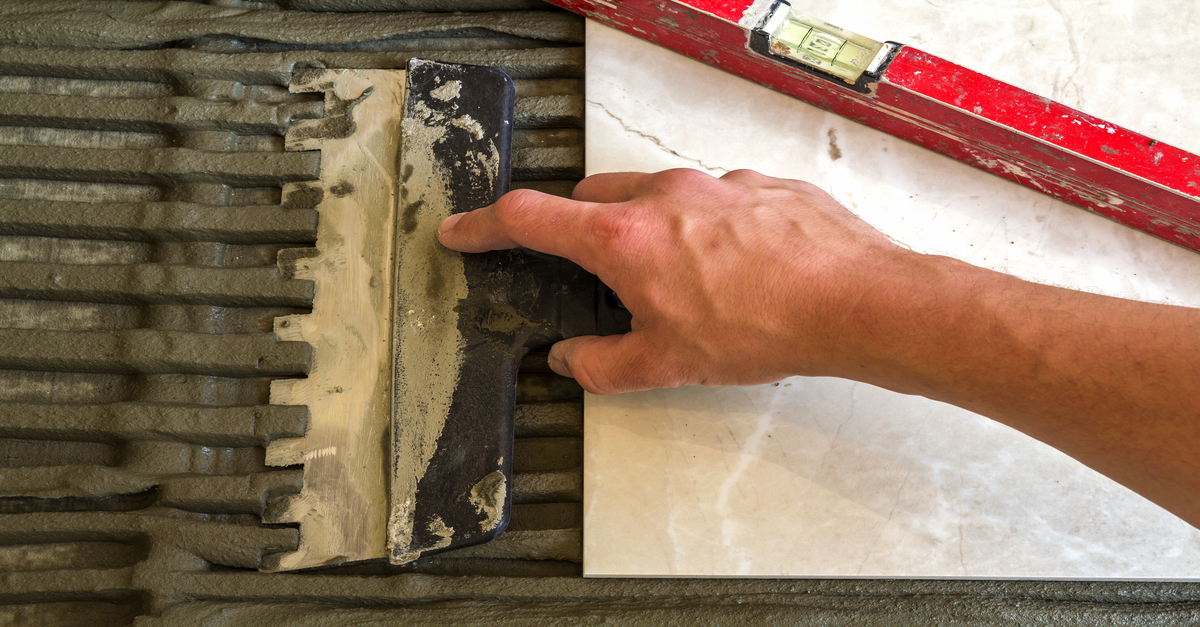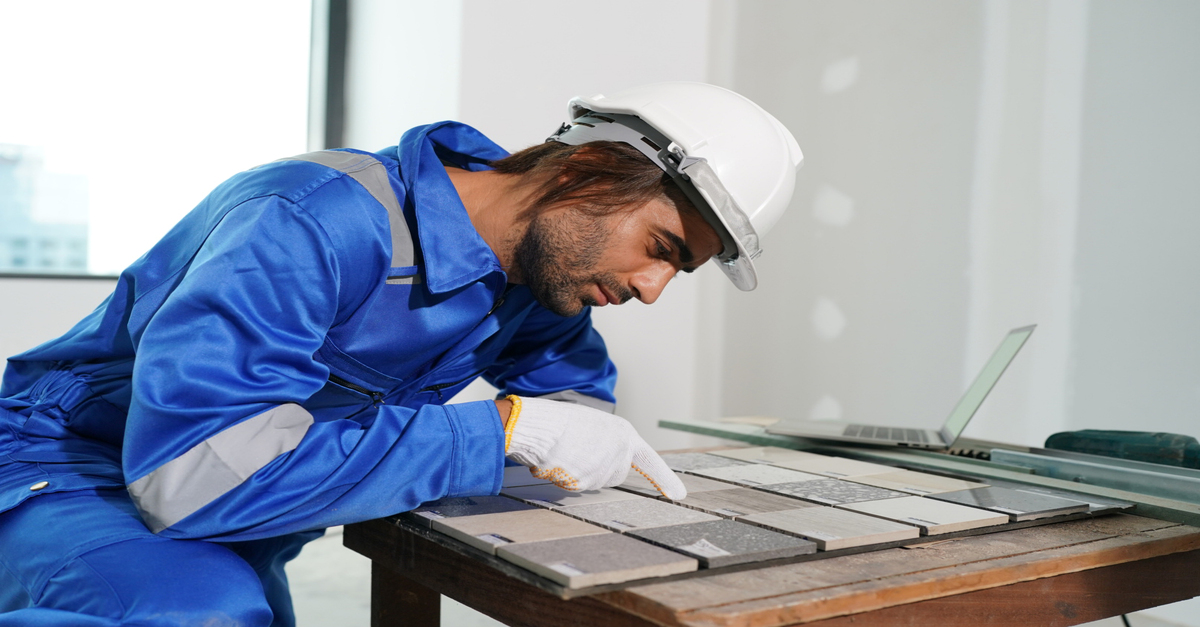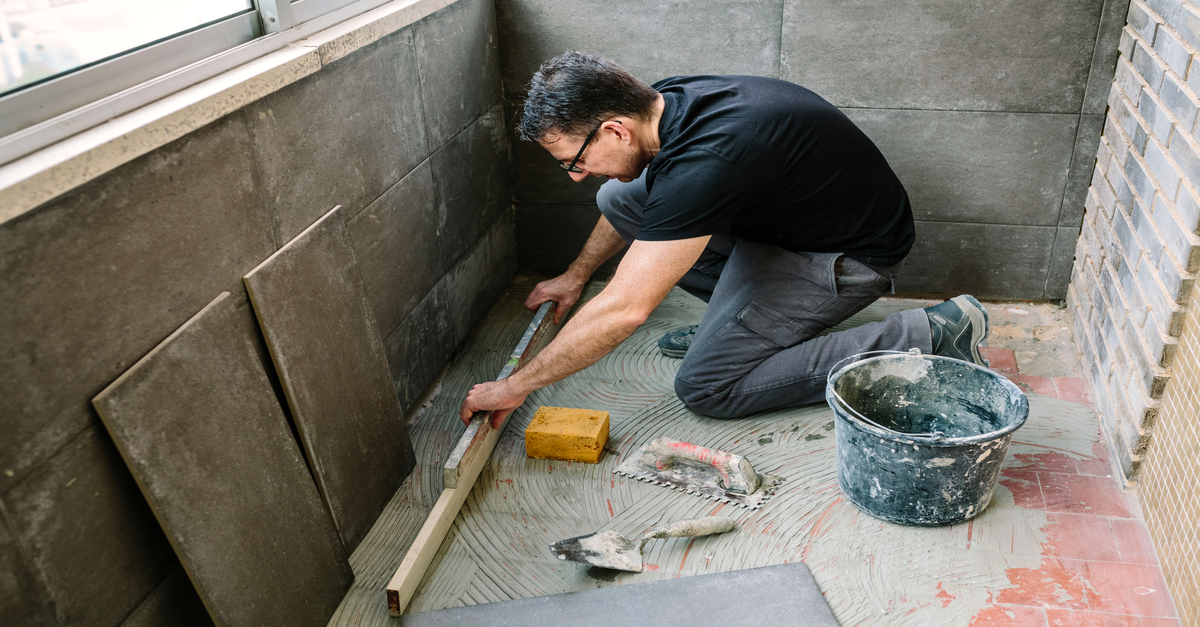
Tile Removal
AV Tiling Waikato offers professional tile removal services in the Waikato region. Our experienced team uses specialized equipment to efficiently and safely remove old tiles from floors, walls, and other surfaces. Whether you are renovating a bathroom, kitchen, or any other area in your home or commercial space, our tile removal service is the perfect solution. We take great care to minimize dust and debris during the removal process, ensuring a clean and smooth surface for new tile installation. Trust AV Tiling Waikato for all your tile removal needs.
Cost Considerations for Tile Removal
Tile removal can vary greatly in cost depending on several factors, such as the type of tiles, the size of the area to be worked on, and whether you choose to do it yourself or hire a professional. DIY tile removal can save money on labor costs but may end up costing more in terms of time and effort. Renting tools like a tile scraper, chisel, or floor tile stripper can add to the expenses. Moreover, if the project involves removing tiles from a bathroom or kitchen, additional care may be necessary to avoid damaging fixtures like vanities or toilets, which could result in further expenses.
Professional tile removal services come at a price, but they offer expertise and efficiency that can streamline the process. Contractors have the necessary tools and knowledge to handle different types of tiles and subfloors, whether it be concrete, plywood, or hardwood flooring. Additionally, hiring a professional can save you from potential injuries that may occur from using power tools or handling silica dust, a hazardous material commonly found in tile adhesives and grout. When considering the cost of tile removal, it is essential to weigh the expenses against the convenience and quality of work provided by professionals.
Budgeting Tips
When budgeting for tile removal, it's essential to consider all potential costs associated with the project. Apart from the cost of labour and materials, don't overlook expenses for safety equipment such as safety goggles, masks, respirators, and gloves. These items are crucial for protecting yourself from harmful dust particles, chemicals, and other hazards that may arise during the removal process. Also, factor in any fees that the tile contractor may charge for their services, and be sure to inquire about payment terms upfront to avoid any surprises later on.
Another aspect to account for in your budget is the possibility of potential water damage that may be uncovered during the tile removal process. Ensure that you have set aside funds to address any water-related issues that may arise, such as fixing leaks, repairing damaged joists or subflooring, or even investing in waterproof coatings or solutions for added protection in the future. By preparing financially for unforeseen costs, you can better manage the overall expenses of your tile removal project and minimise the risk of going over budget.
DIY vs. Professional Tile Removal
When it comes to tile removal, the decision between tackling the project yourself or hiring a professional can be a tough one. DIY tile removal can be enticing for those looking to save costs. However, it's important to weigh the pros and cons before diving in. While taking on the task yourself can save money, it also requires time, effort, and the right tools. You'll need equipment such as a chisel, trowel, angle grinder, and mallet – not to mention protective gear like a dust mask and gloves. Without the proper tools and experience, DIY tile removal can lead to potential hazards, such as inhaling dust and debris that may contain harmful substances like asbestos.
On the other hand, hiring a professional tile contractor can offer a level of expertise that DIY efforts may lack. Professionals have the knowledge and tools to efficiently remove tiles while minimizing the risk of damage to the underlying surface. They are equipped to handle challenges like tough adhesive residue, ensuring a smooth and clean removal process. Additionally, professionals are trained to identify and address any potential hazards, such as asbestos or other toxic materials, which can pose serious health risks if not handled properly. Despite the higher cost associated with hiring a professional, the peace of mind and quality of work they provide may outweigh the DIY route for many homeowners.
Pros and Cons
When deciding between DIY tile removal and hiring a professional contractor, it's essential to weigh the pros and cons. One advantage of opting for professional tile removal is the expertise and efficiency they bring to the table. Professionals have the right tools and knowledge to remove tiles without damaging the subflooring, saving you time and potential costly repairs in the long run. Moreover, professionals are equipped to handle potentially hazardous materials like asbestos, ensuring safety for you and your surroundings.
On the other hand, DIY tile removal can be a cost-effective option for those with the skills and time to spare. By taking the DIY route, you have more control over the process and can work at your own pace. Additionally, you can personalize the removal process to suit your preferences and schedule. However, it's crucial to note that DIY tile removal can be labour-intensive and time-consuming, especially for larger areas or more complicated tiles. Proper safety gear such as N95 masks and adequate ventilation are essential to minimise health risks associated with dust and harmful particles during the removal process.
PostRemoval Cleanup
After the tile removal process, it is crucial to focus on the post-removal cleanup to ensure a smooth transition to the next phase of your project. One primary aspect of post-removal cleanup is surface preparation. This step involves thoroughly cleaning the area where the tiles were removed to make sure it is free from debris, adhesives, and any other remnants that could affect the installation of new flooring.
Another critical component of post-removal cleanup is ensuring proper disposal of the removed tiles and any waste generated during the process. It is essential to dispose of these materials responsibly to prevent environmental harm and comply with regulations. Additionally, post-removal cleanup may involve inspecting the subfloor for any damage that may have occurred during the tile removal process, which needs to be addressed before installing new flooring. Proper post-removal cleanup sets the foundation for a successful flooring installation and contributes to the overall quality of the project.
Surface Preparation
For a successful tile removal project, proper surface preparation is essential. Before starting the removal process, it is crucial to adequately protect the surrounding area. Cover any furniture, appliances, or fixtures with protective materials to prevent any damage from debris or tools. Additionally, ensure all necessary tools such as a cold chisel, grinder, or masonry chisel are in good working condition to facilitate the removal process efficiently.
Moreover, it is imperative to consider the health and safety aspects of surface preparation. Always wear appropriate safety gear such as a dust mask, gloves, and sturdy shoes to protect yourself from potential hazards like dust and sharp tile fragments. Adequate ventilation in the area is also crucial to minimize dust and ensure a healthy work environment. By taking these precautions during surface preparation, you can set a solid foundation for the tile removal process.
FAQS
How much does tile removal typically cost?
The cost of tile removal can vary depending on factors such as the size of the area, the type of tiles being removed, and whether the job is done by DIY or professionals. On average, you can expect to pay between $5 to $15 per square foot for professional tile removal services.
What are some budgeting tips for tile removal?
To budget for tile removal, it's important to get multiple quotes from different service providers to compare prices. You can also save money by opting for DIY tile removal if you have the necessary skills and tools.
What are the pros and cons of DIY vs. professional tile removal?
DIY tile removal can save you money, but it can be time-consuming and labor-intensive. On the other hand, professional tile removal is quicker and more efficient, but it comes at a higher cost. Consider your budget and time constraints before deciding which option is best for you.
How should I prepare the surface after tile removal?
After tile removal, it's important to thoroughly clean the surface to remove any adhesive residue or debris. You may also need to level the surface if there are any uneven areas. Proper surface preparation is crucial to ensure a smooth and successful tile installation.
What is involved in post-removal cleanup?
Post-removal cleanup involves disposing of the removed tiles and any waste materials in a responsible manner. You may also need to sweep and vacuum the area to ensure it is free of dust and debris before proceeding with any new flooring installation.


